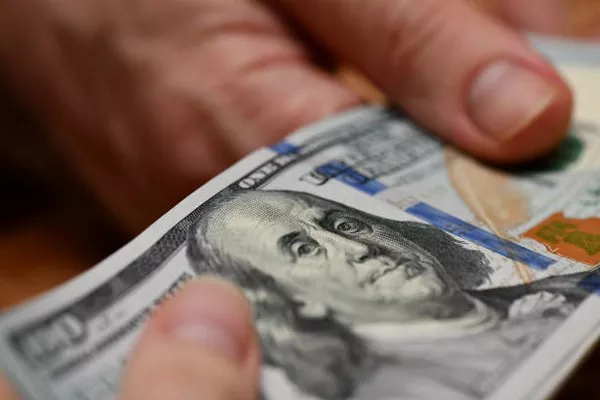In recent discussions surrounding the stability of global currencies, particularly the US dollar, analysts have examined various factors contributing to its resilience or susceptibility to potential crises. Amidst ongoing economic shifts and geopolitical tensions, understanding the dynamics of the US dollar’s position in the international financial landscape becomes increasingly crucial.
One key aspect under scrutiny is the relationship between the US dollar and other major currencies. Analysts posit that while the dollar has long been regarded as a safe haven currency, recent trends suggest a more nuanced picture. The concept of currency interdependence emerges, whereby the fortunes of the US dollar are intricately tied to those of other major currencies. This interconnectedness implies that a potential crash of the US dollar could have far-reaching implications across the global financial system, impacting other currencies as well.
Central to the discussion is the issue of debt-to-GDP ratios, both in the United States and other major economies. With the US national debt reaching unprecedented levels and other countries facing similar challenges, concerns arise regarding the sustainability of these debt burdens. Analysts caution that high debt levels could undermine investor confidence and trigger currency devaluation, posing significant risks to economic stability.
The role of central banks, particularly the Federal Reserve, is another focal point of analysis. The Fed’s ability to influence monetary policy and control the money supply has long been a cornerstone of US economic stability. However, questions linger about the effectiveness of traditional monetary tools in addressing contemporary challenges such as inflation and debt accumulation. The Fed’s response to these challenges will undoubtedly shape the trajectory of the US dollar in the coming years.
Geopolitical factors also weigh heavily on currency dynamics. Ongoing conflicts and trade tensions between major powers have the potential to disrupt currency markets and alter the global economic landscape. Economic sanctions, in particular, have emerged as a significant tool of foreign policy, with implications for currency valuations and international trade.
Amidst these uncertainties, alternative assets such as gold and silver have garnered renewed attention as stores of value and hedges against currency depreciation. Advocates argue that precious metals offer a degree of stability and security in times of economic turmoil, serving as a counterbalance to fiat currencies.
In conclusion, the resilience of the US dollar in the global economy remains a topic of intense scrutiny and debate. While historical precedent and institutional strength bolster confidence in the dollar’s stability, emerging challenges such as high debt levels and geopolitical tensions underscore the need for vigilance. As analysts continue to monitor these developments, the future trajectory of the US dollar will be closely intertwined with broader economic and geopolitical trends on the world stage.


